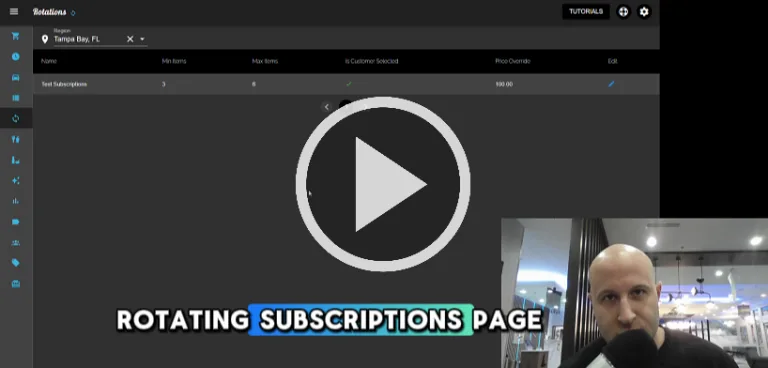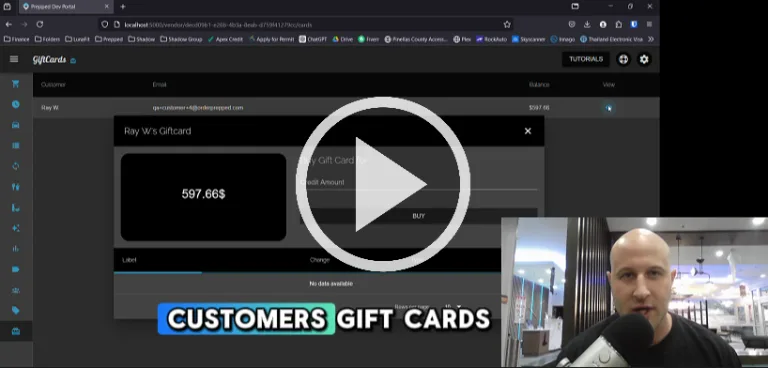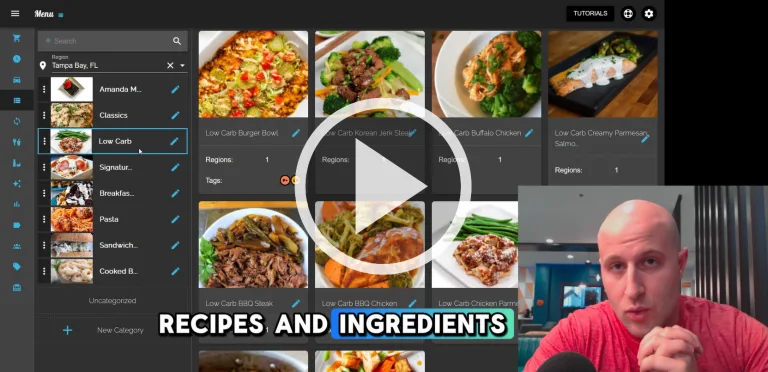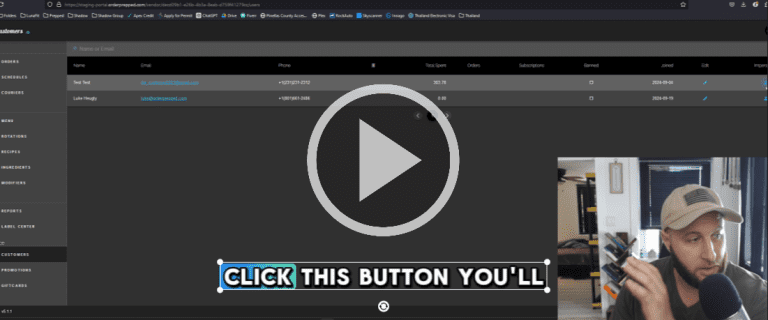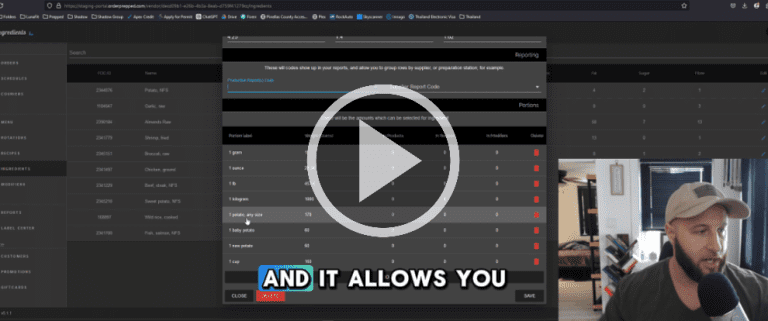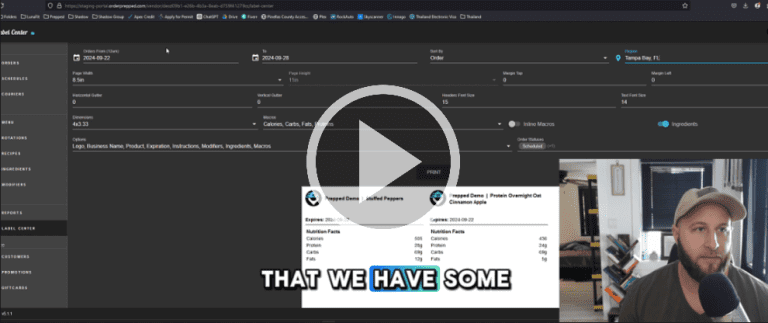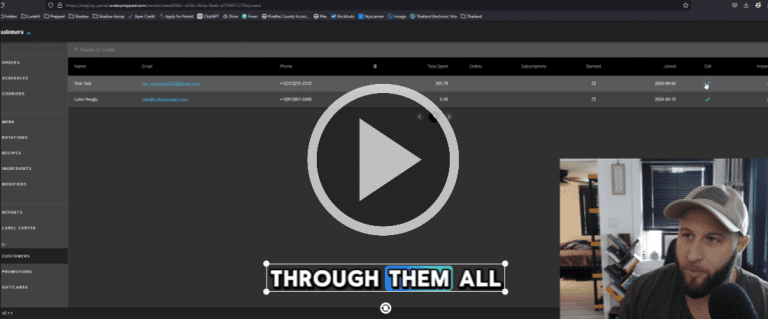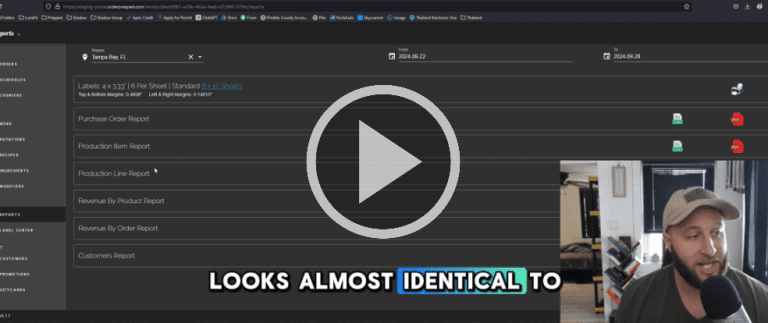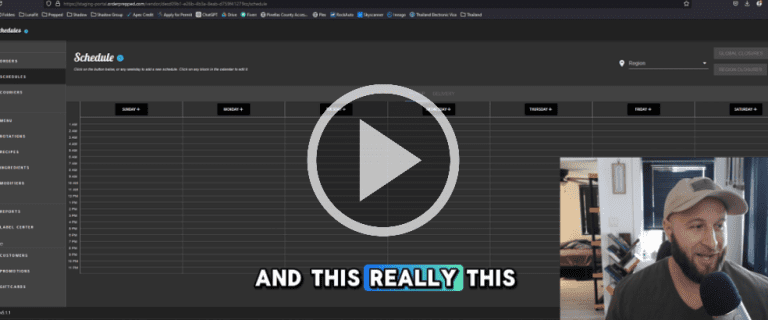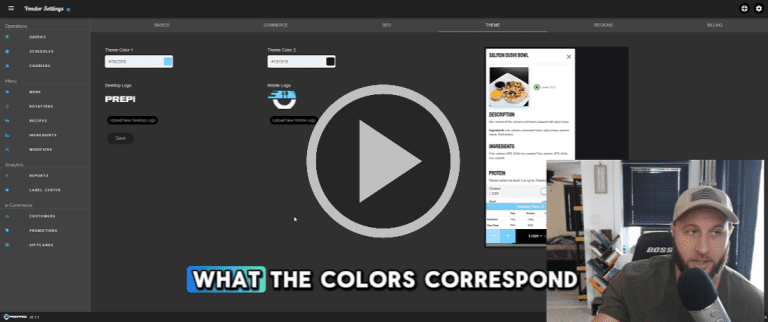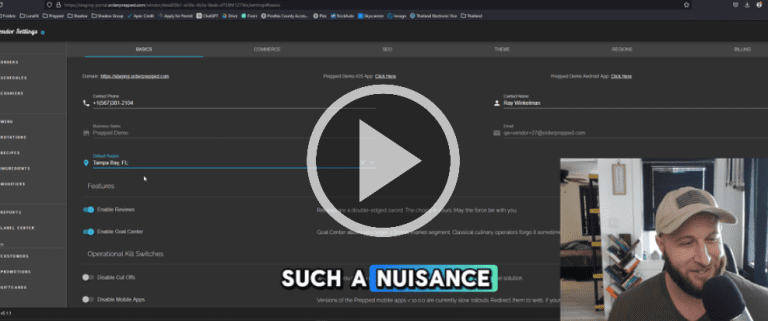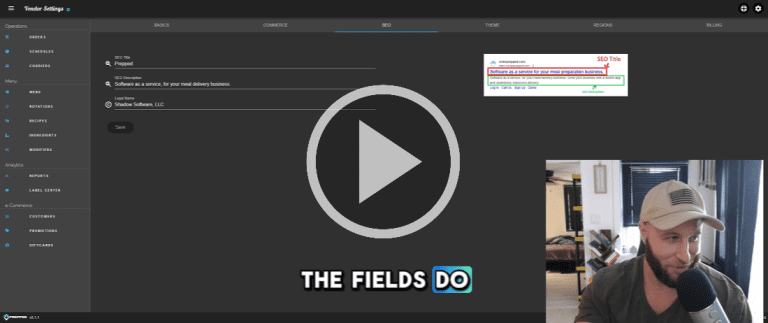Introduction to the Regions Tab
This page is the regions tab, which I believe is one of the most consequential parts of our platform. If you don’t understand how to set this up correctly, it could really affect your business negatively. I want to be transparent about this.
Overview of Settings
I’m going to walk you through all the values and explain their functions so you know exactly how to adjust them. While we set these values for you during onboarding with optimal defaults, you are always welcome to modify them as you see fit.
Naming and Addressing the Region
The basic elements include naming the region and providing an address, which is your kitchen’s location. This address is where customers can pick up meals if you have pickup enabled, and where couriers will come to collect delivery orders.
Setting Preparation Lead Time
Next, we have the preparation lead time, specified in minutes. This time frame is referenced on the order status sequence on the orders page. It indicates how many minutes before an order is scheduled for pickup that the system receives it. Once received, the customer is notified that their order is being prepared.
Payment Collection Process
When the order is marked as received, payment is collected. In this case, orders are marked as received 24 hours prior, which is an uncommon setting. Most clients prefer a weekly cutoff, as I find it more coordinated to manage things in weekly increments. This allows for 52 iterations of your process each year, making operations smoother.
On-Demand Lead Time
For on-demand services, a lead time of 45 minutes is reasonable and quite common. If you’re using a third-party delivery service, like Roadie, the minimum lead time is 90 minutes, as they require this heads-up.
User Manual and Built-In Guidance
This page includes a user manual built right in, which we’re rolling out across the platform. You’ll see video guides here soon, and I will integrate my own videos into the user manual as well. This manual explains every single setting individually, and I’ll go through them now to ensure you have a complete understanding.
Default Order Cadence
One important setting is the default order cadence, which determines how your customers will be prompted on the checkout page. When they arrive at the checkout, they can select options like ‘right now’, ‘schedule for later’, or ‘subscribe’. You can choose the default option that shows first, which influences how customers engage with your service.
Fulfillment Types
Next, we have flags to enable various fulfillment types. On-demand allows customers to place immediate orders, while the pickup option lets them schedule meals for collection. These settings help manage your staff’s workload by slating pickups and deliveries, ensuring everything runs smoothly.
Delivery Methods
You also have options for the delivery method. You can choose to use third-party services like Roadie or manage your own in-house couriers. If you decide to manage your own team, the system will help create optimized routes and batches, sending email notifications to your couriers with instructions.
Contact and Privacy Options
There are options to hide or show your address and contact information. If you’re operating a ghost kitchen without a storefront, you may prefer not to display your address publicly. You can also choose to show or hide your phone number and email on customer-facing communications.
Time Zone and Shipping Settings
Make sure to set your time zone accurately. Additionally, you can define your shipping rates, whether domestic or countywide. The system allows you to tier your shipping based on your preferences.
Drawing Your Operating Zone
You can draw your operating zone on the map, and if you want to maximize your delivery range with Roadie, we can generate a delivery sphere of up to 50 miles from your kitchen. This is important for planning your delivery operations effectively.
Conclusion
Finally, remember that food quality is paramount, and maintaining a delivery SLA of two hours or less is advisable to ensure your customers receive their meals fresh. That wraps up the regions tab; now let’s move on to the billing page.
A Letter From Our CEO, Ray:
In the fast-paced world of culinary business, effective management is crucial to success. For meal prep operators, having the right software can streamline operations and enhance customer satisfaction. In this blog, we will delve into the Regions tab of the Prepped platform—a vital feature that can significantly impact your business. We will explore its various settings, their importance, and how they can help you manage your meal prep business more efficiently.
Understanding the Regions Tab
The Regions tab is a critical aspect of the Prepped platform. Proper configuration can influence your operations, affecting everything from customer pickups to delivery efficiency. Let’s break down the essential settings within this tab to help you make the most of this powerful feature.
Naming and Addressing the Region
The first step in setting up your Regions tab is naming your region and providing an address for your kitchen. This address serves as the pickup location for customers and where couriers will collect delivery orders. It’s crucial to ensure this information is accurate, as it directly affects customer experience and operational efficiency.
Setting Preparation Lead Time
Preparation lead time is a key setting that defines how long it takes to prepare an order before it’s ready for pickup or delivery. Specified in minutes, this lead time is communicated to customers and helps manage their expectations. For instance, if you set a preparation lead time of 30 minutes, customers will know when to expect their orders.
The lead time also impacts your payment collection process. When an order is marked as received, payment is collected. It’s essential to align your lead time with your payment collection strategy to ensure smooth operations. While some businesses prefer a weekly cutoff, a more common approach for on-demand services is to have a lead time of 45 minutes.
Utilizing On-Demand Lead Time
For operators utilizing third-party delivery services, it’s crucial to understand their requirements. Services like Roadie often require a minimum lead time of 90 minutes. This is important for coordinating deliveries and ensuring that your food arrives fresh and on time.
Default Order Cadence
The default order cadence setting determines how customers are prompted during checkout. Options may include ‘right now,’ ‘schedule for later,’ or ‘subscribe.’ By selecting a default option, you can influence how customers engage with your service, which can significantly enhance user experience and conversion rates.
Fulfillment Types and Delivery Methods
The Regions tab allows you to manage various fulfillment types. You can enable on-demand ordering, allowing customers to place immediate orders, or pickup options for scheduled meal collection. This flexibility can help you manage your kitchen’s workload effectively.
In addition, you have options for delivery methods. You can choose to use third-party services or manage your own in-house couriers. The Prepped platform optimizes routes and batches, providing your team with clear instructions and notifications to ensure timely deliveries.
Contact and Privacy Options
Privacy is a significant concern for many culinary businesses, especially those operating ghost kitchens without a physical storefront. The Regions tab offers settings that allow you to hide or show your address and contact information on customer-facing communications. This feature enables you to maintain a professional image while ensuring operational security.
Setting Your Time Zone and Shipping Options
Accurate time zone settings are vital for effective communication and coordination with customers. Additionally, the Regions tab allows you to define your shipping rates, whether domestic or local. This flexibility enables you to tier your shipping based on your business model and target market.
Drawing Your Operating Zone
A unique feature of the Prepped platform is the ability to draw your operating zone on a map. This tool helps you define the delivery area for your business. If you want to maximize your delivery range, you can generate a delivery sphere of up to 50 miles from your kitchen, especially when utilizing third-party delivery services.
Maintaining Food Quality
Ultimately, the success of your meal prep business hinges on food quality. A recommended delivery Service Level Agreement (SLA) of two hours or less is advisable to ensure that your customers receive their meals fresh. By configuring your Regions tab settings correctly, you can uphold this standard and enhance customer satisfaction.
Conclusion
The Regions tab in the Prepped platform is a powerful tool for culinary business operators. By understanding and optimizing its settings, you can significantly enhance your meal prep business’s efficiency and customer experience. Properly configured regions can help you manage deliveries, ensure timely pickups, and maintain food quality, ultimately driving success in your culinary endeavors.
As you continue to navigate the Prepped platform, remember that the Regions tab is just one part of the overall system designed to help you manage your meal prep business effectively. Stay tuned for our next tutorial, where we will explore the billing page and other vital features of the Prepped platform.

